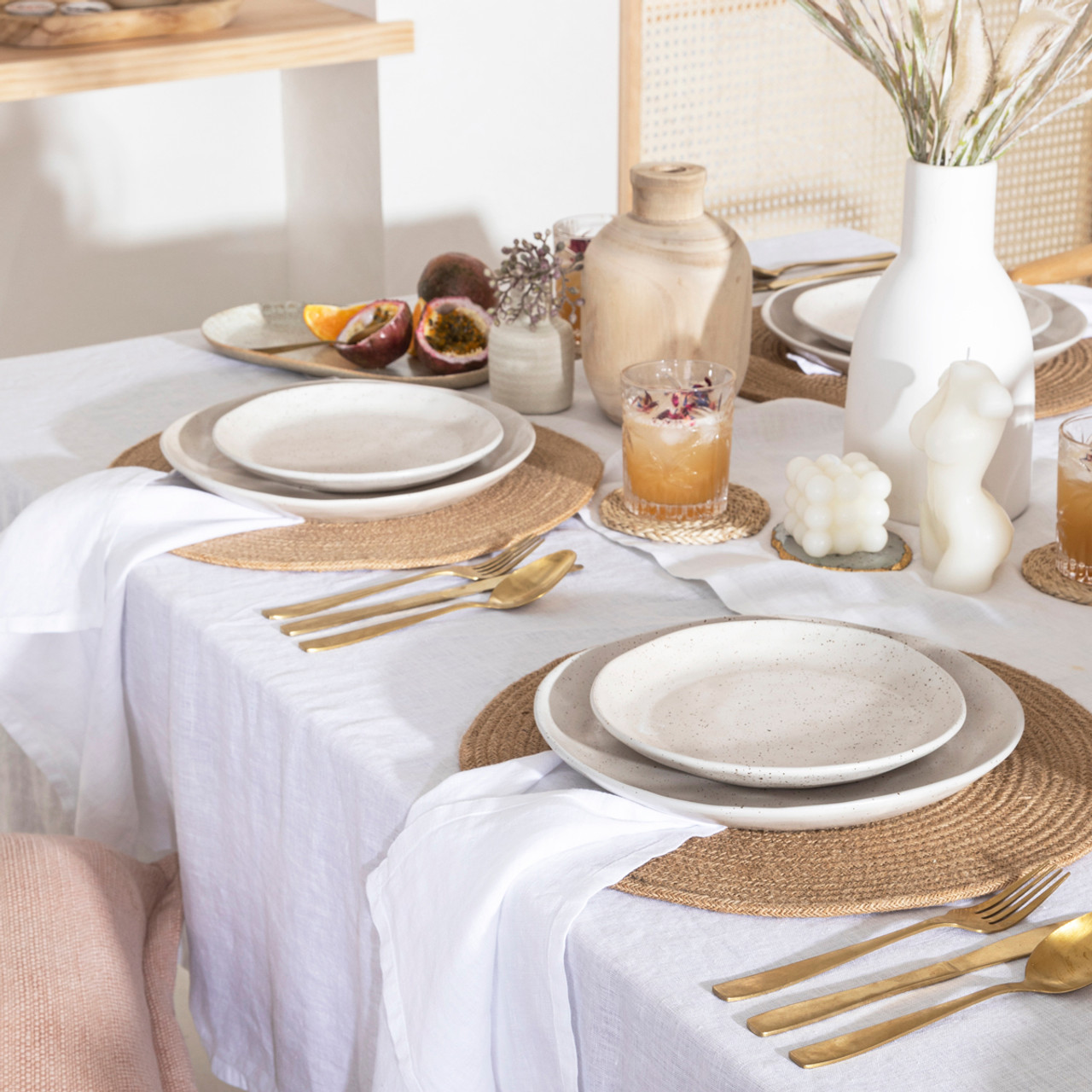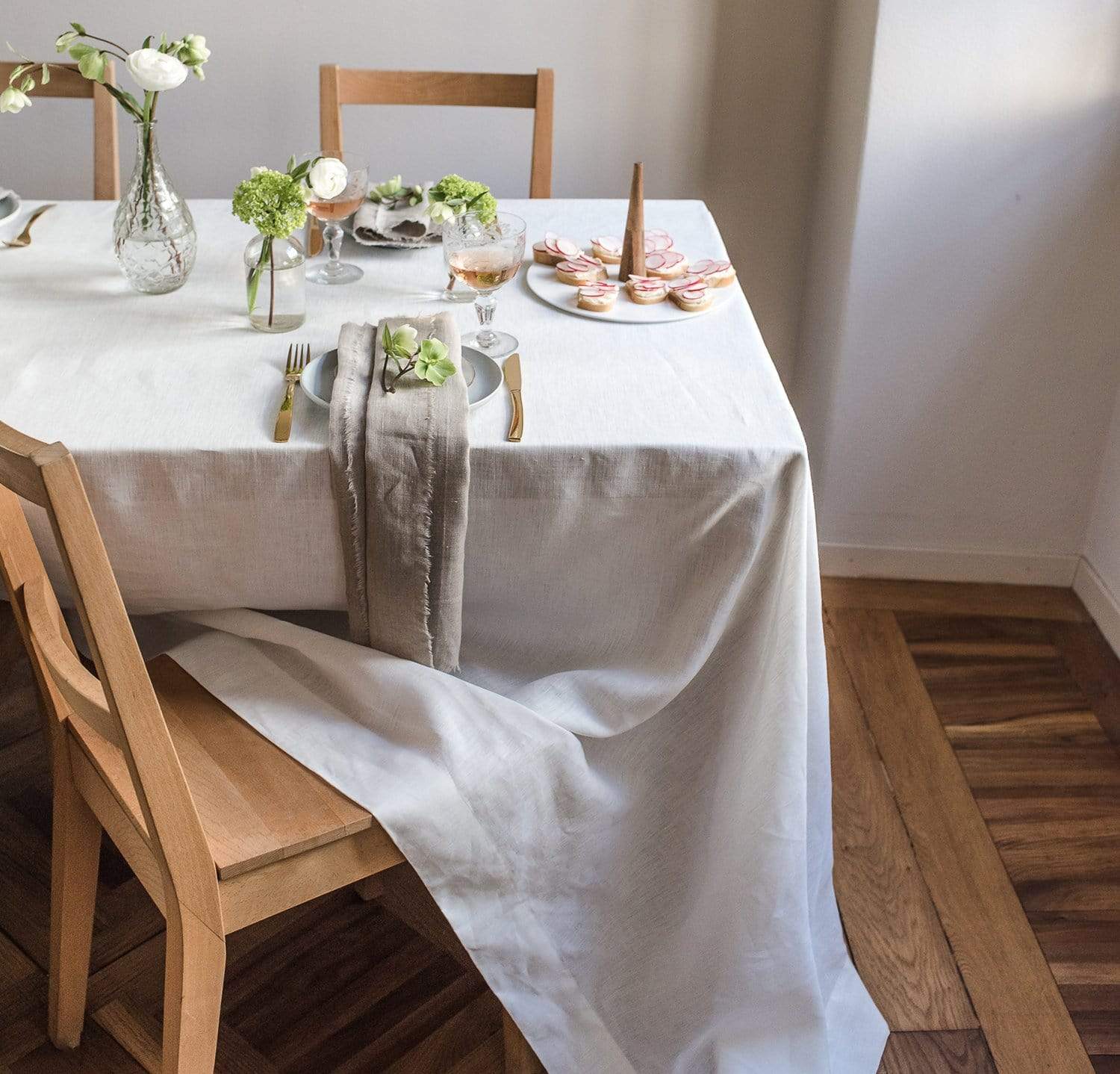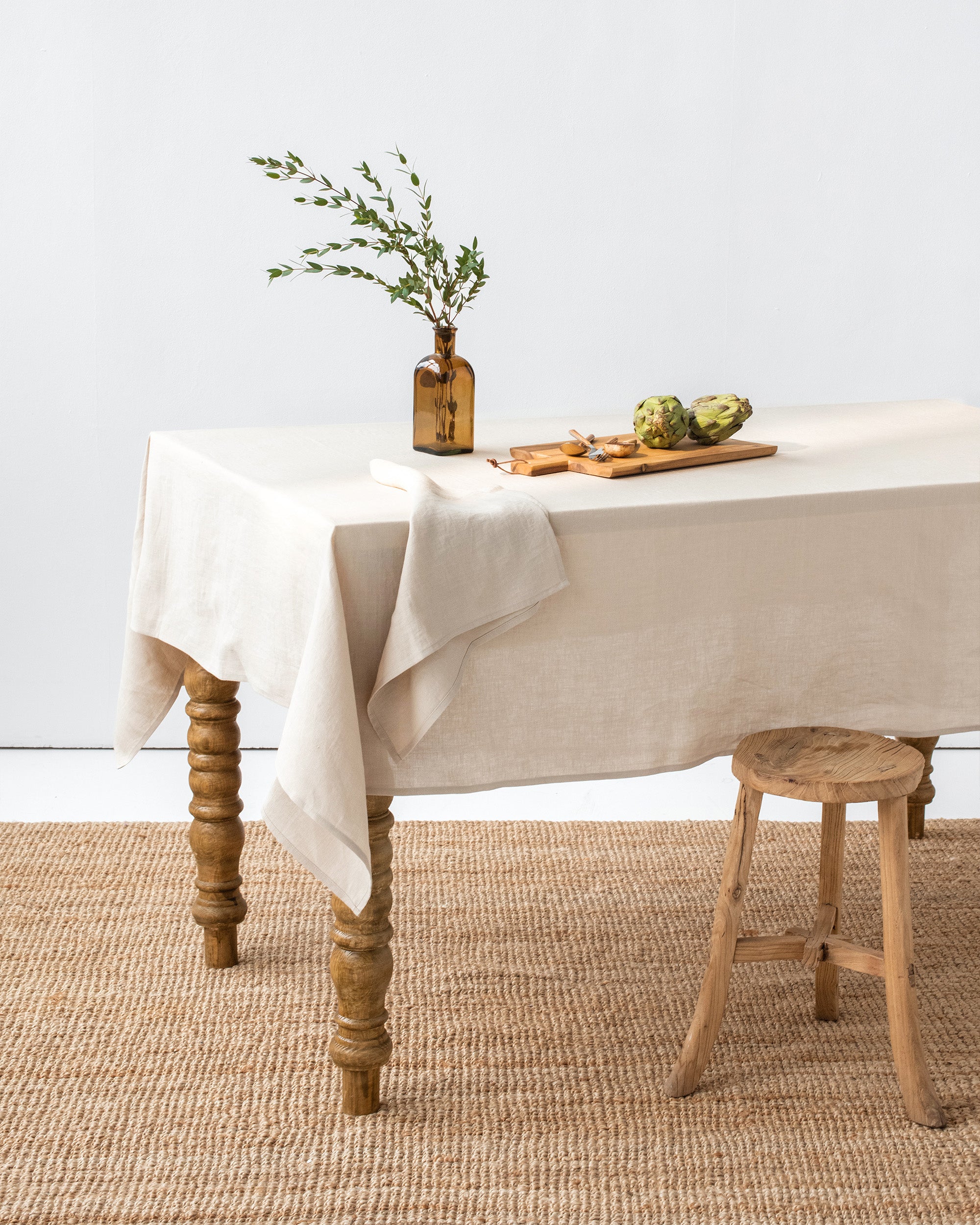Bed Linen Fabric Developments: Checking Out Modern Trends and Creative Applications in Layout and Fabric Industry
From lasting manufacturing approaches to advanced weaving modern technologies, the development of bed linen is improving the landscape of the textile industry. As we dig into the realms of creative style applications and the development of bed linen blends and hybrid materials, a brand-new phase unravels in which bed linen's duty in future fabric developments takes center stage.
Sustainable Practices in Linen Production
Sustainable practices in bed linen manufacturing have actually come to be progressively critical in the textile industry's initiatives to decrease environmental influence and advertise honest sourcing techniques. Bed linen, an all-natural fiber derived from the flax plant, supplies a variety of benefits such as toughness, breathability, and biodegradability. However, typical methods of bed linen production can entail significant water usage, pesticide use, and energy-intensive procedures.
To deal with these obstacles, many fabric manufacturers are embracing lasting practices throughout the bed linen manufacturing process. This includes sourcing flax from organic farms that stay clear of damaging chemicals and chemicals, implementing water-efficient retting methods to remove fibers from the flax stalks, and utilizing green dyes and finishes. Furthermore, some firms are investing in renewable resource resources to power their production facilities and lowering waste through recycling and upcycling efforts.
Technical Advancements in Linen Weaving
With the expanding focus on lasting practices in linen manufacturing, the fabric sector is now experiencing a rise in technological developments particularly targeted at revolutionizing the art of linen weaving. These advancements are improving the way linen materials are created, supplying increased efficiency, high quality, and imagination in weaving strategies.
Among the essential technological developments in linen weaving is the combination of electronic looms. These sophisticated looms are outfitted with software program that allows for complicated and complex styles to be woven with precision. By digitizing the weaving process, makers can accomplish better uniformity and precision in their bed linen textiles.
Furthermore, advancements in yarn spinning technology have enabled the manufacturing of finer and even more resilient linen yarns - table cloths. This causes softer and smoother bed linen materials that keep their top quality also after several usages and laundries
In addition, the advancement of green dyeing processes and coatings for linen fabrics is obtaining grip. These lasting practices not just reduce the environmental influence yet additionally accommodate the increasing customer demand for morally produced fabrics.
Creative Design Applications for Bed Linen
Innovative imaginative approaches are progressively forming the creative style applications for linen in the textile sector. Designers are pressing the limits of traditional bed linen usage, exploring its convenience in various applications. One popular trend is the assimilation of bed linen in sustainable style lines, where its environmentally friendly buildings are highlighted. Linen's natural aesthetic allure and capacity to mix with other materials make it a favorite option for developing one-of-a-kind garments and accessories that accommodate the environmentally mindful customer.
Additionally, developers are trying out bed linen in home decoration, using its breathable and durable nature to craft fashionable home furnishings such as drapes, bed linens, and upholstery. The texture and drape of linen bring a sense of class and convenience to indoor areas, adding a touch of style to modern homes.

Bed Linen Blends and Hybrid Fabrics

Hybrid textiles, on the other hand, take the principle of mixing a step even more by including added elements such as metallic strings, recycled materials, or conductive fibers. These ingenious fabrics not only broaden the style possibilities but additionally introduce practical facets like conductivity, antimicrobial buildings, or enhanced sturdiness. Hybrid textiles are increasingly being utilized in different industries, consisting of style, interior decoration, and technological textiles, where the demand for multifunctional materials is on the rise.
Bed linen's Role in Future Textile Innovations

In the realm of future fabric advancements, bed linen is anticipated to be a vital player in the growth of advanced useful fabrics. Developers and scientists are checking out find out here ways to enhance bed linen's integral top qualities with technological improvements, such as including wise textiles, nanotechnology, and performance surfaces. These technologies aim to elevate bed linen's efficiency qualities, making it suitable for a broader variety of applications, from activewear to protective clothing.
Additionally, the combination of linen with various other all-natural or synthetic fibers opens unlimited opportunities for creating novel fabrics with distinct residential or commercial properties and functionalities. By leveraging linen's attributes and checking out ingenious blends, the textile market is poised to introduce amazing growths that deal with advancing consumer demands and sustainability demands.
Final Thought
In verdict, the exploration of sustainable practices, technical innovations, innovative layout applications, bed linen blends, and its role in future fabric developments highlight the continual advancement of linen fabric in the modern style and fabric industry. With a focus on innovation and creative thinking, the convenience and green nature of bed linen make it a beneficial material for suppliers and designers alike, leading the method for additional developments and advancements in the field of fabrics.
As we dig into the realms of creative style applications and the development of linen blends and hybrid textiles, a new phase unfolds in which linen's role in future fabric advancements takes facility phase.
Exploring the blend of linen with various other fabrics has actually led to the emergence of innovative blends and hybrid textiles in the modern textile sector. Linen blends offer an unique mix of the characteristics of linen with those of various other fibers, resulting in textiles that have improved residential or commercial properties such as raised sturdiness, boosted draping, and reduced wrinkling.The evolution of bed linen blends and hybrid fabrics has set the stage for Bed linen to play a pivotal role in driving future fabric developments.In the world of future fabric innovations, linen is expected to be a vital player in the development of sophisticated functional fabrics.